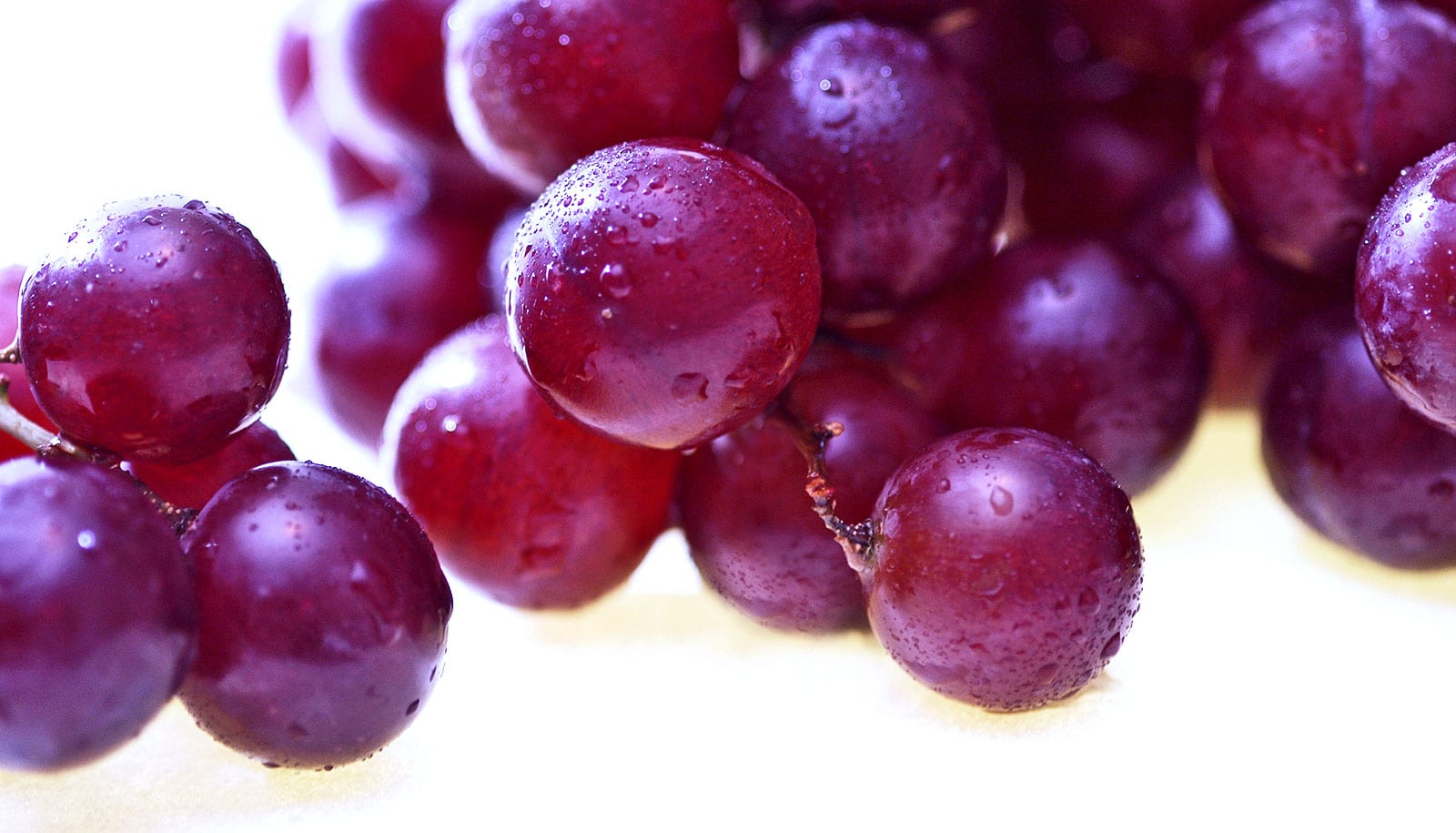New research may upend nearly a century of assumptions about when, how, and why ancient food technology changed.
Today, quintessentially Mediterranean food habits have crossed the seas through trade, immigration, and technological diffusion. It’s a pattern that wouldn’t surprise an ancient Roman.
The Romans transported wine and oil across the Empire in thousands of trade ships, by mule and ox-cart, and by camel on desert tracks, and established the vineyards of Bordeaux and the Moselle and mass olive production in Spain.
In some ways their world seems startlingly modern—a cultural, religious, and technological melting pot that produced major innovations such as the waterwheel and central heating. Yet technological change did not follow the rapid modern pace of uniform innovation and almost instant obsolescence of old machines, according to Tamara Lewit, a fellow in the School of Historical and Philosophical Studies at the University of Melbourne.
The research highlights the sometimes diverse and local nature of specific ancient technologies and led to a new translation of a key ancient text.
Technological change
How exactly did agricultural innovations spread in the ancient world? Without printing, books were expensive, and produced only in very small numbers—a few hundred copies, perhaps. The common people—who actually built machines—seem to have been able to write a memo or scrawl a graffito, but it is doubtful whether most could have read detailed instructions.
The Romans also lacked technical drawings. The classic example of trying to describe in words how to tie a shoelace teaches us a serious lesson in the importance of technical drawing to the history of technology. The development of scaled drawings and diagrams were vital to the spread of technologies in the 17th and 18th centuries, but Roman mechanical treatises such as those of 1st century BCE Roman technical writer Vitruvius seem to have been only scantily illustrated, if at all.
Engineers traveled with the army, people traded and imitated objects such as glass, and migrating artisans working in luxury crafts such as goldsmithing spread their skills. But innovation in food production was different.
As part of the Oxford Studies in the Roman Economy series, researchers investigated the pressing machines used in making wine and oil, two vital food staples of the ancient world. These machines were huge—up to 12 meters long, and 3-4 meters high, weighing many tons—and were never transported.
Neither the army nor specialist artisans built these presses. Instead, the rural population built them using local stone and wood. In farms and villages throughout the Mediterranean, the pressing of olives or grapes was the focus of both frenetic labor and joyful celebration of harvest throughout many centuries.
A new view on an ancient text
The only detailed Latin description of these machines comes from Pliny, a tireless investigator who was killed observing the CE 79 eruption of Mount Vesuvius, which destroyed Pompeii. Based on this description, historians since the 1930s have imagined a uniform and linear evolution of press technology, with two successive innovations: the introduction in Greece of a carved wooden screw, which replaced ropes and winches as the means of operating a heavy lever which pressed olives or grapes; and then its replacement by a smaller press, without a lever, in which the screw itself pressed down on the fruit.
But this interpretation is colored by 20th century post-industrial assumptions, and is manifestly untrue when tested against the recent finds of archaeology. In a research collaboration with Paul Burton of the Australian National University, researchers reviewed Pliny’s text in the light of this new evidence, and found that his words have been misunderstood and mistranslated for more than 80 years.
Pliny does not say that each new press replaced the one before, but only gives the date at which each first came into use. He does not say that the screw presses were “Greek” (Graeca), but rather that the screws were “Greek-style” (Graecanica), referring to the earlier invention of a continuous screw the Sicilian Greek Archimedes used in water-lifting devices.
He does not say that large levers were replaced, but that smaller presses were more suitable for farms with smaller buildings. A close reading of his text makes clear that he is describing many parallel technologies, not a sequential evolution.
The archaeological evidence of press remains demonstrates that screw presses were not introduced from Greece, where they weren’t in use until nearly 400 years after Pliny.
Local innovation
The evidence reveals a great diversity of regional types throughout the Empire, and that people continued to use old types over many centuries. Local communities seem to have generated the invention of new variants, developing on the basis of regional skills and materials, and continuing tried and tested local practices with innovative improvements.
For example, in Israel, where local forms of stone supports with slots to adjust the height of the lever had developed, people adapted these supports for use with the new screw-operated lever. In southern France, where single squared blocks of stone had long been winched by rope to weight a lever, people sometimes reworked these variants to raise them more easily by a screw.
At many sites, people continued using the older methods of hanging heavy stones on the lever alongside or in combination with the new, because they were effective, the materials were at hand, and communities had already made investments in long-lasting components.
Indeed, traditional types of presses, often hundreds of years old, were still in use up to the mid-20th century. Anthropologist John Gulick describes a Lebanese village of the 1950s where a traditional olive press was still used alongside modern machines, because the new presses were “apparently, less fun to operate.”
The true history of the wine or olive press is a story of traditional skills embedded in local communities, passed on through many generations, renewed through innovation but not wantonly discarded for the latest new thing, Lewit says.
Oil and wine pressing was a time of cooperative effort and communal celebration, of connection with the past and hope for the future, and even—in spite of hard work, or perhaps because of it—fun, she says.
The research will appear in the journal Klio.
Source: University of Melbourne

